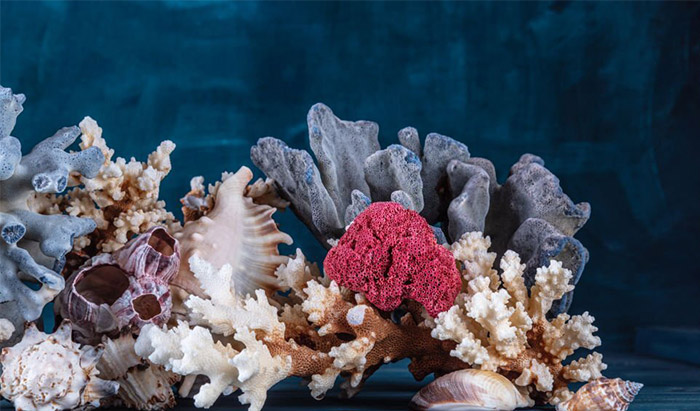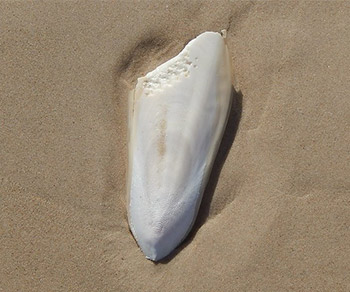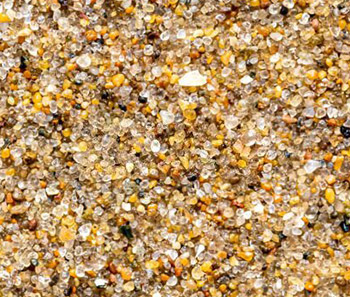Having an aquarium comes with the responsibility of maintaining the oxygen level, temperature, and water level as well as the amount of calcium circulating in your tank. This is just as important as their food and air.
Some ways to add calcium to your aquarium are by placing corals, cuttlebones, or crushed egg shells. Make sure that it stays within the safe level depending on what type of aquatic animals you decide to host in your aquarium.
Contents
Why is calcium important for aquariums?
Just like land animals, aquatic animals do have their own set of needs that is vital for their survival. Fish needs calcium for their bone growth and egg development, it even promotes a longer lifespan if they get enough.
It is important to keep in mind that the calcium level of your aquarium stays within the range that is safe for each animal in your tank. What you want to achieve is for them to get the same calcium that they get in their natural habitat.
Having said that, if they are store-bought, you might also want to check with the pet store about how they kept the fish because just like in temperature when fish go through a sudden change they could get sick or even die.
How to add calcium to a freshwater aquarium?
There are several ways to add calcium to your freshwater aquarium, the first thing to consider in deciding which method to use is maintenance because each method comes with different benefits and disadvantages.
It could be harder to maintain the calcium level in freshwater aquariums since they don’t have natural water hardness unlike in saltwater aquariums.
Your freshwater aquarium should have a calcium hardness that ranges from 70 to 90 mg/L (0.009 to 0.012 oz/gal) which should be easy to check using the Fluval’s Calcium Test Kit which is recommended because it is suitable for freshwater and saltwater tanks.
Different ways to add calcium to freshwater aquarium
Frequent water changes
There is no rule on how frequent you should change the water in your tank but the general practice is to change 25% of the water once every two weeks. Again, there is no rule about this method and that is probably because every tank is different from the other.
This is also heavily dependent on the size of the tank as well as the water hardness of tap water in your location, it is important to know how much calcium your base water contains to do the adjustments from there.
Be extra careful of doing it more than you need to because it could lead to eliminating the good bacteria colonies in the water, and an increase in ammonia and nitrate levels which is not a good environment for your fish to live in.
Cuttlebones
These are large interior shells from cuttlefish that contain 85% calcium, the good thing about using cuttlebones is that it’s big, they are cheap and it breaks down slowly when placed inside the aquarium therefore you don’t have to worry about the calcium level spike.
You don’t have to put the whole thing in one go because just an inch should be enough to increase the calcium hardness in your tank. Constantly check the calcium level to make sure
you need to add more or less.
Chicken eggshells
Don’t throw away your discarded eggshells after cooking the eggs because it will be 98.2% of calcium carbonate going to waste. Boil it for a few minutes to clean the shells thoroughly, you can dry and pulverize the shells or leave them as it is.
Just make sure to remove them once they are no longer adding calcium to the water because as it starts to decompose, it will add to the foul smell in your aquarium.
Calcium blocks
It is a concentrated block of calcium and magnesium that dissolves faster than cuttlebones but unlike pulverized eggshells, it will not cloud your water. It should last in your tank for 2 weeks and it is advised to remove the remaining portion after that.
Crushed corals
Besides enhancing the overall look of your aquarium, corals are one of the easiest ways to increase the calcium levels in your freshwater aquarium but it is also high in salinity so you need to make sure you are not adding too much especially if you do have shrimps or snails in the tank.
Placing crushed corals also helps in covering the bottom glass of the aquarium so that fish will not be disoriented because of the reflections.
Liquid calcium
This is a bit costly compared to the other options but it is less messy, it is also available in most online and pet stores so supply should not be an issue.
It also comes with disadvantages, unlike the corals and the shells that are high in calcium, liquid calcium is more advisable for tanks with lower calcium needs. It is also known to cause an alkaline drop which would decrease the water’s pH balance.
It is highly recommended to constantly check the nutrient level in your water to make sure that is still within the range that you want. Some people add the solution all at once but others use the drip system which is a DIY tubing system to gradually add the liquid into the tank.
Calcium reactor
It is a machine that pumps out dissolved calcium when installed in your tank, double click the thumbnail below to watch how to set it up. The calcium reactor moderates the calcium, magnesium, and alkaline level in your aquarium.
Dietary calcium supplement
Commercially available foods for fish like pellets and flakes are usually filled with calcium that is enough for their required amount to thrive in a freshwater aquarium therefore it should not worry you too much.
But if you have inverts like snails that require more calcium for their survival, one way of adding calcium to the aquarium for snails is by feeding them antacid tablets. This might cause a color change in your tank water but has been proven to be effective and efficient to increase calcium levels.
Summary
Whichever method you choose to maintain the calcium level of your freshwater aquarium depends on what works for you and the aquatic animals that you decide to take care of, understanding that different species have different needs.
Keep in mind that no matter how calcium is important to them, what they need is the overall harmony of the aquarium, which includes oxygen, temperature, and water quality in order to thrive outside their natural habitat.




